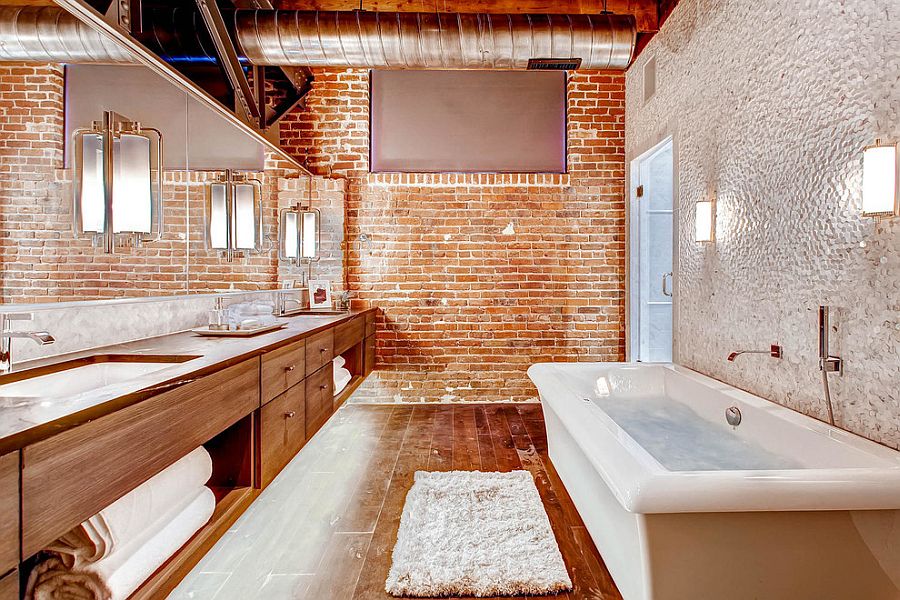
Tips for Buying Water-Saving Toilets: A Guide for Tech Pros
Share
In an era where technology intertwines seamlessly with our daily lives, it is imperative for tech professionals and enthusiasts to embrace innovations that not only enhance convenience but also promote sustainability. One such innovation is the water-saving toilet, an essential component in the modern eco-friendly home. This article provides comprehensive tips for buying water-saving toilets, ensuring that tech-savvy individuals make informed decisions when upgrading their bathroom fixtures.

Understanding the Importance of Water-Saving Toilets
Before delving into the specifics of purchasing these toilets, it's crucial to understand why they are a vital addition to any tech-oriented household. Water-saving toilets, also known as low-flow toilets, utilize advanced flushing technology to use significantly less water compared to traditional models. According to a report from [Woodlands Water](https://woodlandswater.org/water-saving-tips-residential-water-use/), these toilets can reduce water usage by up to 60%, making them an environmentally friendly choice.
Key Features to Consider
Flush Efficiency
Flush efficiency is paramount when selecting a water-saving toilet. Look for models with a MaP score (Maximum Performance) of 600 grams or more. This score indicates the toilet's ability to remove waste effectively using minimal water. High-efficiency toilets often come equipped with dual-flush technology, allowing users to select a different flush strength for liquid or solid waste. For more insights on this, visit the [dual-flush conversion kits guide](https://iottechnologies.io/blogs/our-latest-posts/dual-flush-conversion-kits).
Smart Technology Integration
For tech enthusiasts, integrating smart technology into everyday appliances is a thrilling prospect. Consider toilets with features such as automatic flushing, smart sensors, and connectivity with home automation systems. These smart toilets not only conserve water but also enhance the overall bathroom experience. To explore more about integrating eco-friendly fixtures, check out this [eco-friendly bathroom fixtures guide](https://iottechnologies.io/blogs/our-latest-posts/choosing-eco-friendly-bathroom-fixtures).
Material and Build Quality
When investing in a water-saving toilet, ensure that the material and build quality are top-notch. High-quality ceramic or vitreous china is recommended for its durability and ease of maintenance. Additionally, consider models with a sleek design that complements your bathrooms aesthetic.
Installation and Maintenance
Both installation and maintenance are critical factors to consider when purchasing a new toilet. Some models require professional installation, while others offer DIY-friendly designs. Understanding the installation process can prevent unforeseen expenses and complications. For a step-by-step guide on how to install a water-saving toilet, visit [This Old House](https://www.thisoldhouse.com/bathrooms/21015448/low-flow-toilets).
Regular maintenance is essential to ensure your water-saving toilet functions optimally. Opt for models with easy-to-clean surfaces and accessible parts for hassle-free upkeep.
Cost and Long-Term Savings
While water-saving toilets might have a higher upfront cost compared to conventional models, the long-term savings on water bills make them a worthwhile investment. According to [HowStuffWorks](https://home.howstuffworks.com/low-flow-toilet.htm), users can save up to $100 annually on water bills.
It's essential to weigh the initial costs against the long-term benefits. For businesses, investing in water-saving toilets can lead to significant savings, as discussed in our article on [water-saving toilets for businesses](https://iottechnologies.io/blogs/our-latest-posts/water-saving-toilets-for-businesses).
Environmental Impact
Beyond personal savings, water-saving toilets play a crucial role in conserving the environment. By reducing water consumption, they contribute to preserving our planets precious water resources. For homeowners looking to make a positive environmental impact, these toilets are an ideal choice. For more on water-saving solutions, you can explore [water-saving solutions for homes](https://iottechnologies.io/blogs/our-latest-posts/water-saving-solutions-for-homes).
Conclusion
As technology continues to evolve, so do our options for sustainable living. For tech professionals and enthusiasts, adopting water-saving toilets is a step towards greener living without compromising on modern conveniences. By considering factors such as flush efficiency, smart technology integration, and long-term savings, you can make an informed choice that benefits both your home and the environment.

FAQs
Why should I invest in a water-saving toilet?
Investing in a water-saving toilet helps reduce water consumption, leading to lower water bills and minimizing environmental impact.
Are water-saving toilets compatible with smart home systems?
Yes, many modern water-saving toilets come with smart features that integrate seamlessly with home automation systems, offering enhanced convenience.
How much can I save annually by switching to a water-saving toilet?
Switching to a water-saving toilet can save up to $100 annually on water bills, depending on usage and local water rates.
This article contains affiliate links. We may earn a commission at no extra cost to you.
